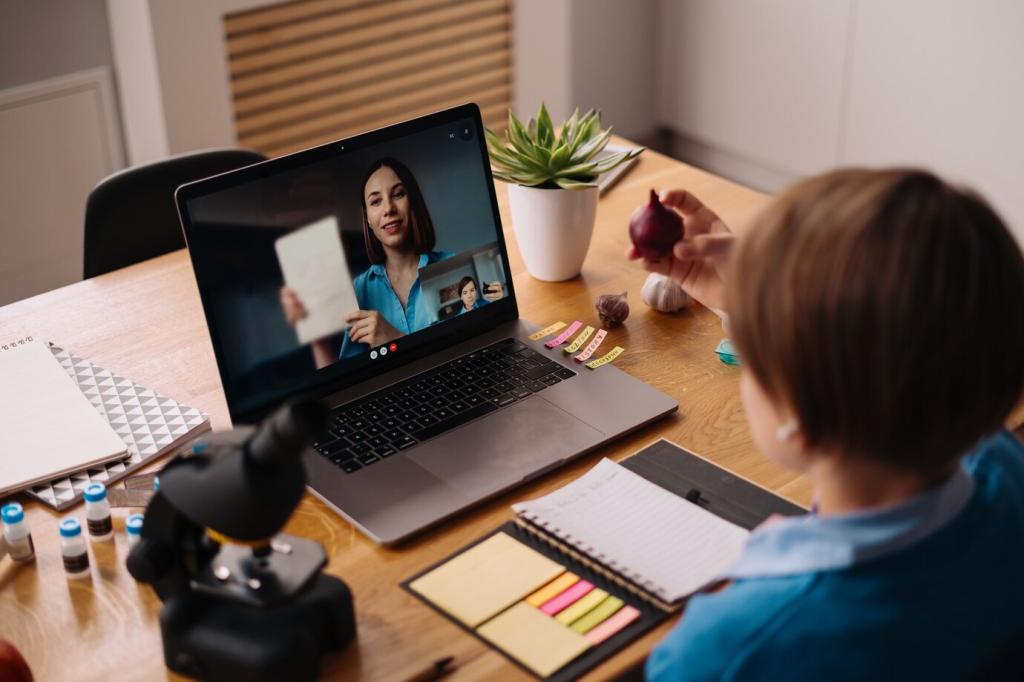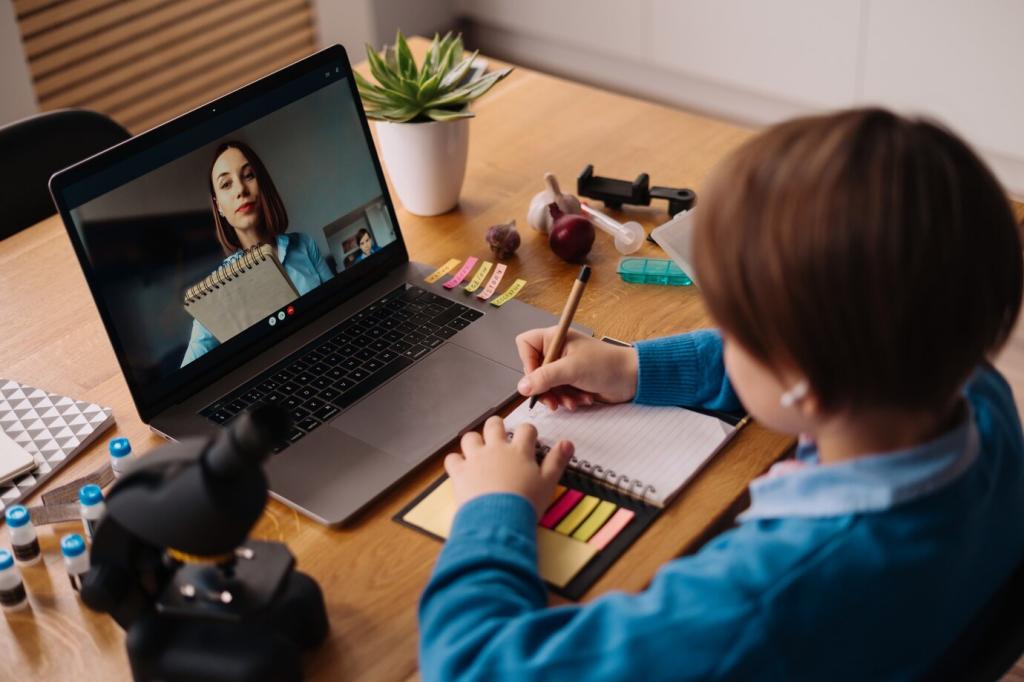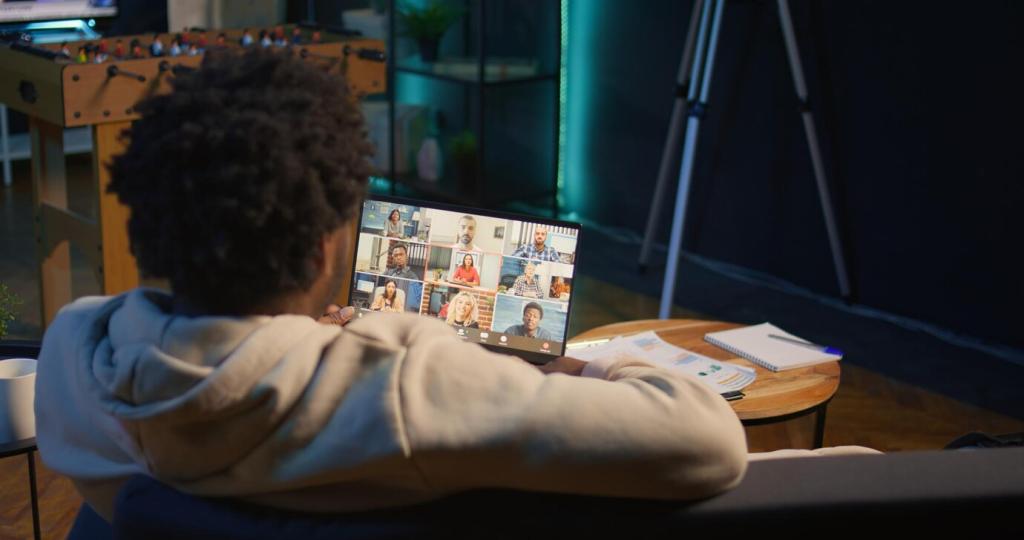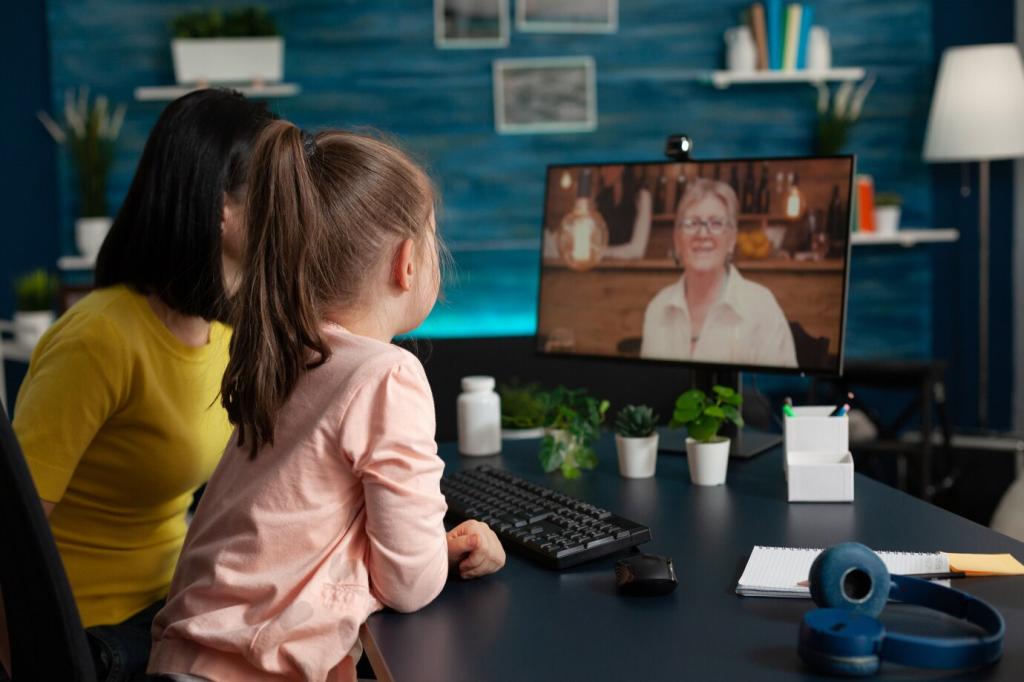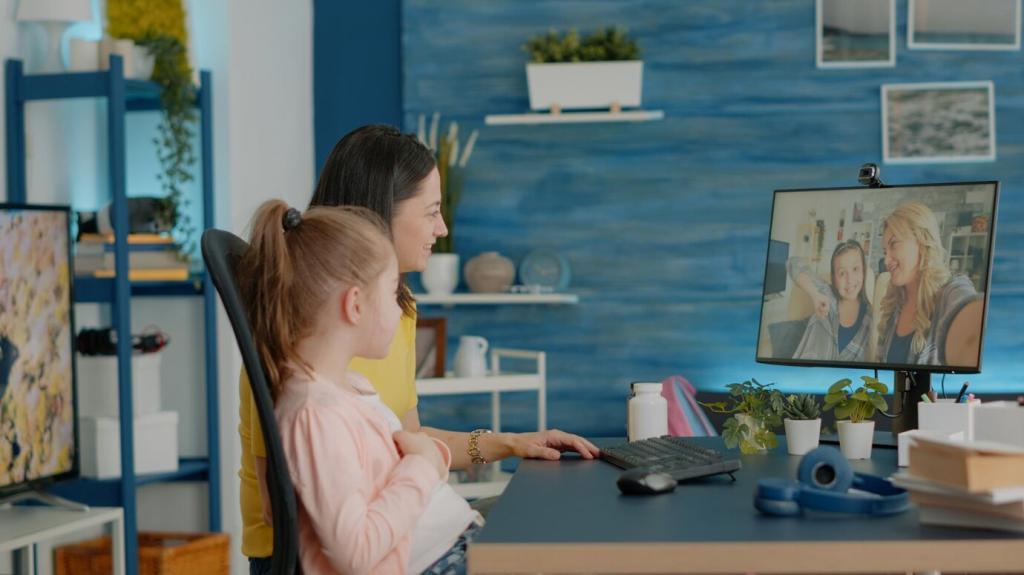Reflection and Metacognition for Durable Memory
Adopt a weekly journal template: What did I recall unaided? What slipped? What cue will I use next time? This habit surfaces patterns that guide better practice. Invite participants to share one anonymized entry; highlight clever cues in your next roundup to inspire the community.
Reflection and Metacognition for Durable Memory
Ask learners to record a two-minute explanation without notes, then compare to a model solution. The gap reveals next steps while reinforcing memory. Build a class gallery of explanations and encourage constructive comments. Subscribe to receive prompts designed specifically for short, retention-focused recordings.


